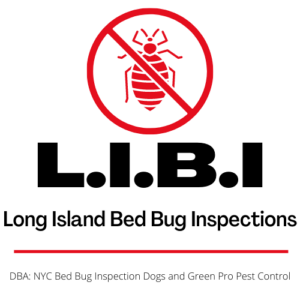The insect world is an interesting place, and its inhabitants are often as fascinating as they are frustrating. Take bed bugs as an example. Sure, these pests are beyond bothersome. To but it bluntly, they’re a modern scourge. But they’re also an extremely successful species.
One of the things that makes bed bugs so successful as pests is their ability to spread to new environments. They move from household to household; from office block to office block. They move in, set up shop, and start breeding to their heart’s desire.
For years we assumed that the bed bug’s migration from building to building was haphazard. Essentially, they went where luck would take them. While there’s a lot of truth in that idea there’s much more to the story. It turns out bed bugs have a sophisticated way of communicating with one another. They trade messages, and they tell each other where they’ve been – and where they’re heading.
Tell-Tale Signs of Bed Bug Chatter
Bed bugs are champion hitchhikers. It’s one of the their most significant talents, and their main method for traveling between households. They simply hitch a ride on an unsuspecting host and follow them home. Once there they abandon their ride and scurry off to hide. And they will remain hidden for the better part of their lives.
Bed bugs are stealthy creatures. They have to be to survive. They spend the majority of their lives hidden from view. Only appearing when they need to feed on a human host. And that host is their greatest enemy. Again, stealth is key. To survive bed bugs must remain unseen and unheard by their hosts – or risk discovery and destruction.
But bed bugs don’t exist in isolation. Bed bug colonies are made up of hundreds, if not thousands, of individual members. Like any insect colony the members must work together to survive. The members must communicate if they are to remain successful.
The Power of Pheromones
Many types of insects, such as wasps and ants, rely on a chemical based method of communication to talk with others in their colony. Bed bugs are no different. Using chemicals called pheromones they are able to talk to to each and relate important information.
Bed bugs excrete these pheromones as they travel through their environment. They leave chemical trails for their fellow bed bugs to follow. This is the source of the musty smell that often accompanies a large scale bed bug infestation. Embedded in these pheromone trails is all the information a bed bug needs to survive in a potentially hostile environment.
The Benefits of Communication
Now that we know the how of bed bug communication we should take some time to talk about the why. Bed bugs may be a pervasive pest, but they aren’t invulnerable. They depend on their hosts for survival, and that makes them vulnerable to the actions their hosts may take. To survive they need to talk to each other.
Bed bugs use pheromones to communicate a great number of things. For example, female bed bugs use pheromones to alert males in the colony that she is ready to mate. Mating, along with feeding, is a bed bug’s primary ambition. Being able to communicate that information is vital to the colony’s survival.
Speaking of feeding, pheromones are also used by bed bugs to mark safe passages to their human hosts. They will mark out the safest route to their human target, making it easier for fellow bed bugs in the colony to safely feed on their human hosts.
One of the most important messages a bed bug can send is a warning. Pheromone trails are often used to raise an alarm when there is a threat to the colony. This warns other bed bugs of an imminent danger so that they can disperse and find a suitable hiding place. These chemical based alarms help to ensure that the colony survives, allowing it to grow in numbers and in strength.
Protect Yourself and Your Family
Bed bugs are stealthy creatures and they possess a sophisticated form of communication that helps them survive and thrive. If you begin to see signs of a bed bug infestation in your home the time to act is now. Contact a professional bed bug inspection and removal service at your earliest opportunity. The sooner you act the sooner you can relax in a home that’s free of these parasitic pests.
Published by Scott Palatnik
If you believe you’ve brought bed bugs into your home or office, give us a call, we can help!
Now with 2 locations. On Long Island @ 516-619-6149, or in NYC @ 212-299-9186
We are Long Island Bedbug Inspections.
Your Bedbug Inspection, and Elimination solution.


